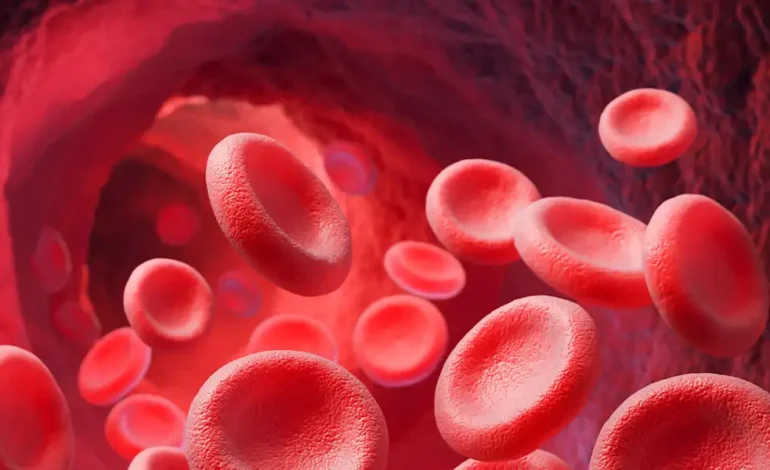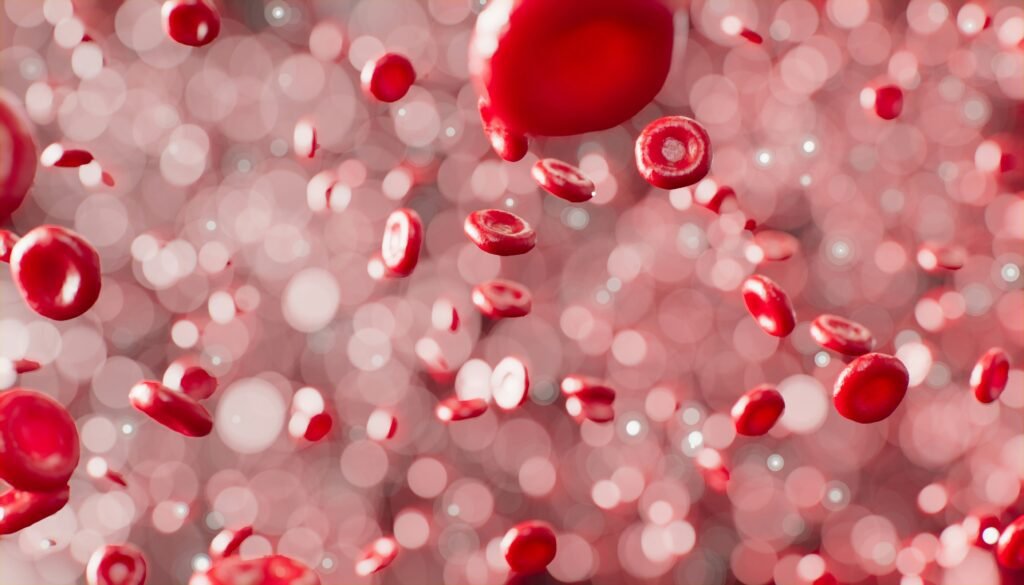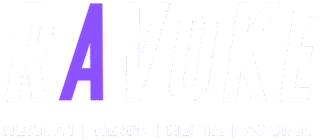Warning Signs Your Red Blood Cell Count Might Be Dangerously Low
If you’re feeling more tired than usual, constantly cold, or getting winded climbing a single flight of stairs — your body might be trying to tell you something. These are

If you’re feeling more tired than usual, constantly cold, or getting winded climbing a single flight of stairs — your body might be trying to tell you something. These are all possible signs of a condition that affects millions but often goes undiagnosed until it becomes serious: low red blood cell count, also known as anemia.
Red blood cell (RBC) play a critical role in transporting oxygen from your lungs to the rest of your body. When your RBC count is too low, your tissues and organs may not be getting the oxygen they need to function properly — and that can lead to a cascade of health problems.
What Is a Low Red Blood Cell Count?

A low red blood cell count means that your body isn’t producing enough erythrocytes, or red blood cells. It’s most commonly caused by iron deficiency, but other culprits include vitamin B12 deficiency, chronic disease, blood loss, or bone marrow disorders.
The medical term for this condition is anemia, and it’s far more common than many people realize.
Fast Fact: According to the World Health Organization (WHO), anemia affects over 1.9 billion people worldwide, including more than 30 million Americans — with women and older adults at highest risk.
1. Chronic Fatigue and Weakness
This is often the first — and most misunderstood — sign. With fewer red blood cells to carry oxygen, your muscles and brain work harder to do the same tasks, leaving you feeling drained even after mild activity.
Why it happens: Your cells rely on oxygen for energy (ATP production). Less oxygen means slower metabolism and early exhaustion.
If you’re sleeping well but still waking up tired or struggling to complete basic tasks, low RBCs may be a factor.
2. Shortness of Breath or Rapid Heartbeat
Low RBCs mean your heart and lungs must work overtime to deliver oxygen. You may feel out of breath walking, climbing stairs, or even while sitting down.
Common experiences include:
- Racing heart (tachycardia)
- Irregular heartbeat (palpitations)
- Feeling like you “can’t catch your breath” even when not exercising
A 2022 JAMA Internal Medicine study found that shortness of breath was a top early complaint in adults later diagnosed with moderate anemia.
3. Pale or Yellow-Tinged Skin
Hemoglobin — the protein in red blood cells — gives blood its red color and your skin its healthy tone. Without enough RBCs, your skin may appear pale, ashy, or yellowish (especially in cases of hemolytic anemia).
Check the following areas for paleness:
- Inner eyelids
- Fingernail beds
- Lips and gums
Note: Sudden skin tone changes should always be discussed with a healthcare provider.
4. Cold Hands and Feet (Even in Warm Weather)
If your extremities often feel cold, even when the rest of you is warm, it could signal that your circulation is compromised due to anemia.
Red blood cells help regulate temperature by distributing heat throughout the body. Fewer RBCs = less heat delivery = cold fingers and toes.
A 2023 Cleveland Clinic survey found that 34% of anemic patients reported constant cold sensitivity before diagnosis.
Read About: Blood Pressure: What Causes It to Rise—and How to Bring It Down Naturally
5. Frequent Headaches, Dizziness, or Brain Fog
Your brain uses 20% of the body’s oxygen supply. When that supply dips due to low RBC levels, you may experience:
- Light-headedness or dizziness upon standing
- Headaches that feel dull or persistent
- Memory trouble, brain fog, or difficulty concentrating
These symptoms are especially common in older adults and may be misattributed to aging, stress, or sleep deprivation.
How Is Low RBC Count Diagnosed?
A Complete Blood test Count (CBC) test can confirm if your red blood cell count is too low. Your doctor will also likely check:
- Hemoglobin (normal: 13.8–17.2 g/dL for men, 12.1–15.1 g/dL for women)
- Hematocrit (normal: 40–52% for men, 36–48% for women)
- Ferritin, B12, and Folate levels
In more serious or unexplained cases, a bone marrow biopsy or additional testing may be required.
Diagnosis and When to See a Doctor
A Complete Blood Count (CBC) test confirms low RBC levels and evaluates hemoglobin and hematocrit. Additional tests for iron, vitamin B12, and folate levels help identify the cause.
If you experience multiple signs listed above, especially fatigue combined with dizziness or pale skin, consult your healthcare provider promptly.
What Can You Do About It?
Treatment depends on the cause, but may include:
- Iron supplements or dietary changes (beef, liver, leafy greens)
- Vitamin B12 injections (especially for vegetarians or those with absorption issues)
- Folic acid supplementation
- Treating underlying causes like GI bleeding, kidney disease, or inflammation
Tip: Pair iron-rich foods with vitamin C (like citrus) to improve absorption. Avoid taking iron with calcium-richfoods, which can block absorption.
The wrap up
Don’t dismiss subtle symptoms as just “being tired” or “getting older.” Early recognition of low red blood cell count can prevent serious complications and restore your vitality.
By Ravoke News Desk for Ravoke.com








